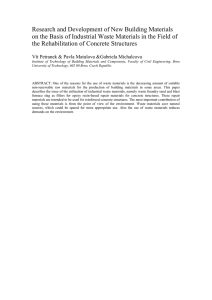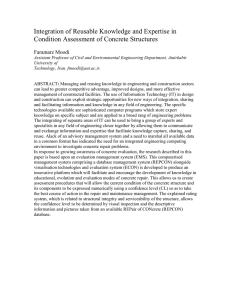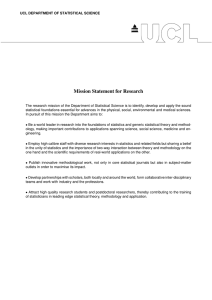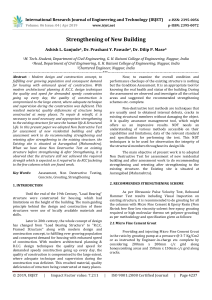Mechanical lift - Southern Response
advertisement
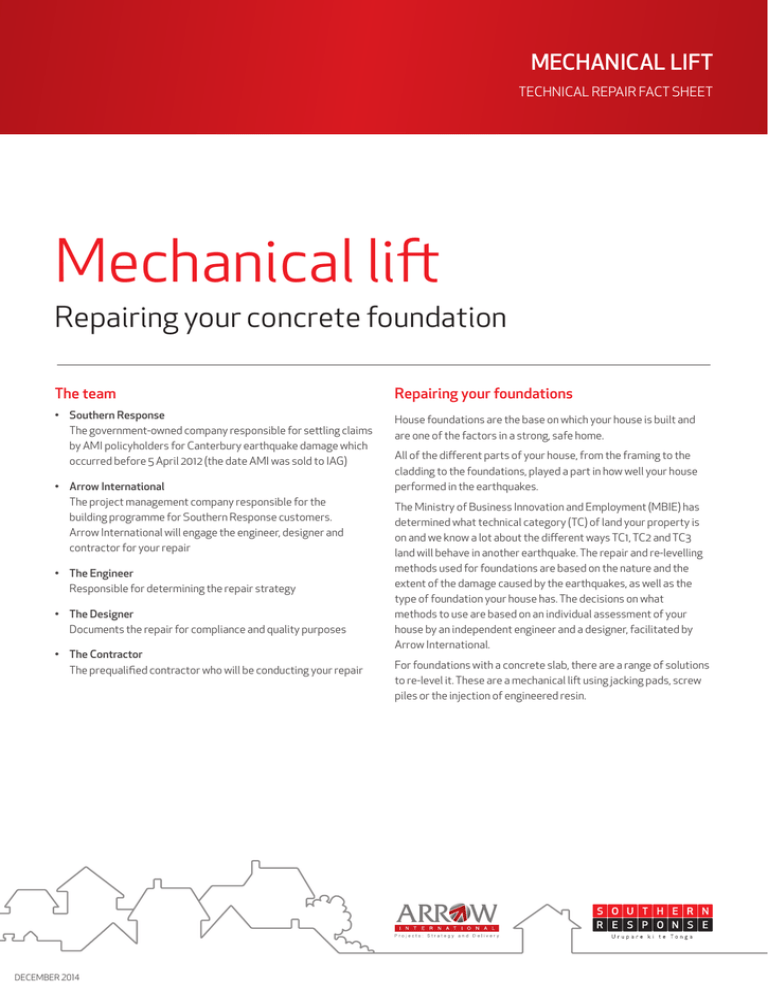
MECHANICAL LIFT TECHNICAL REPAIR FACT SHEET Mechanical lift Repairing your concrete foundation The team • S outhern Response The government-owned company responsible for settling claims by AMI policyholders for Canterbury earthquake damage which occurred before 5 April 2012 (the date AMI was sold to IAG) • Arrow International The project management company responsible for the building programme for Southern Response customers. Arrow International will engage the engineer, designer and contractor for your repair • The Engineer Responsible for determining the repair strategy • T he Designer Documents the repair for compliance and quality purposes • The Contractor The prequalified contractor who will be conducting your repair DECEMBER 2014 Repairing your foundations House foundations are the base on which your house is built and are one of the factors in a strong, safe home. All of the different parts of your house, from the framing to the cladding to the foundations, played a part in how well your house performed in the earthquakes. The Ministry of Business Innovation and Employment (MBIE) has determined what technical category (TC) of land your property is on and we know a lot about the different ways TC1, TC2 and TC3 land will behave in another earthquake. The repair and re-levelling methods used for foundations are based on the nature and the extent of the damage caused by the earthquakes, as well as the type of foundation your house has. The decisions on what methods to use are based on an individual assessment of your house by an independent engineer and a designer, facilitated by Arrow International. For foundations with a concrete slab, there are a range of solutions to re-level it. These are a mechanical lift using jacking pads, screw piles or the injection of engineered resin. REPAIRING CONCRETE FOUNDATIONS THE METHOD 1 2 1. Pits are dug out around the perimeter of the foundation at specified spacing and depths. The cladding, porches and pipework may need to 3 3. Jacks are installed on hardened concrete around the perimeter of the foundation. 2.Concrete is poured partially into the pits and left to harden, once this has occurred mechanical jacks are placed on top of the concrete. be removed or disconnected. 4 5 Internal lifting device 4. Holes are drilled inside the house (at set points) for the concrete floor to be lifted internally in tandem with the perimeter foundation. 6 5. The external jacks are lifted bit by bit in tandem with the internal jacks. 7 Grout being poured into the foundation from the inside of the house. 6. Once the house is raised, voids under the foundation are filled with grout. 7. Once the grout has been poured to fill the voids in the foundation the grout is then vibrated to ensure it is evenly dispersed. All holes are then backfilled and the job is signed off. Industry information Find out more Methods for repairing and re-levelling foundations have been published by the MBIE. For further information on the MBIE guide you can visit their website: For any other information visit: www.southernresponse.co.nz www.dbh.govt.nz/guidance-on-repairs-after-earthquake Disclaimer: The information and related material is intended as a guide only, and does not constitute legal advice, nor should it be used for actual construction. The content does not represent complete information, and is intended as supplementary information only. SRE0115 Although we have made every effort to ensure that the information and any related material was correct at the time of printing, due to the nature of the content it may be necessary to change, update or correct at any time and without notice.
